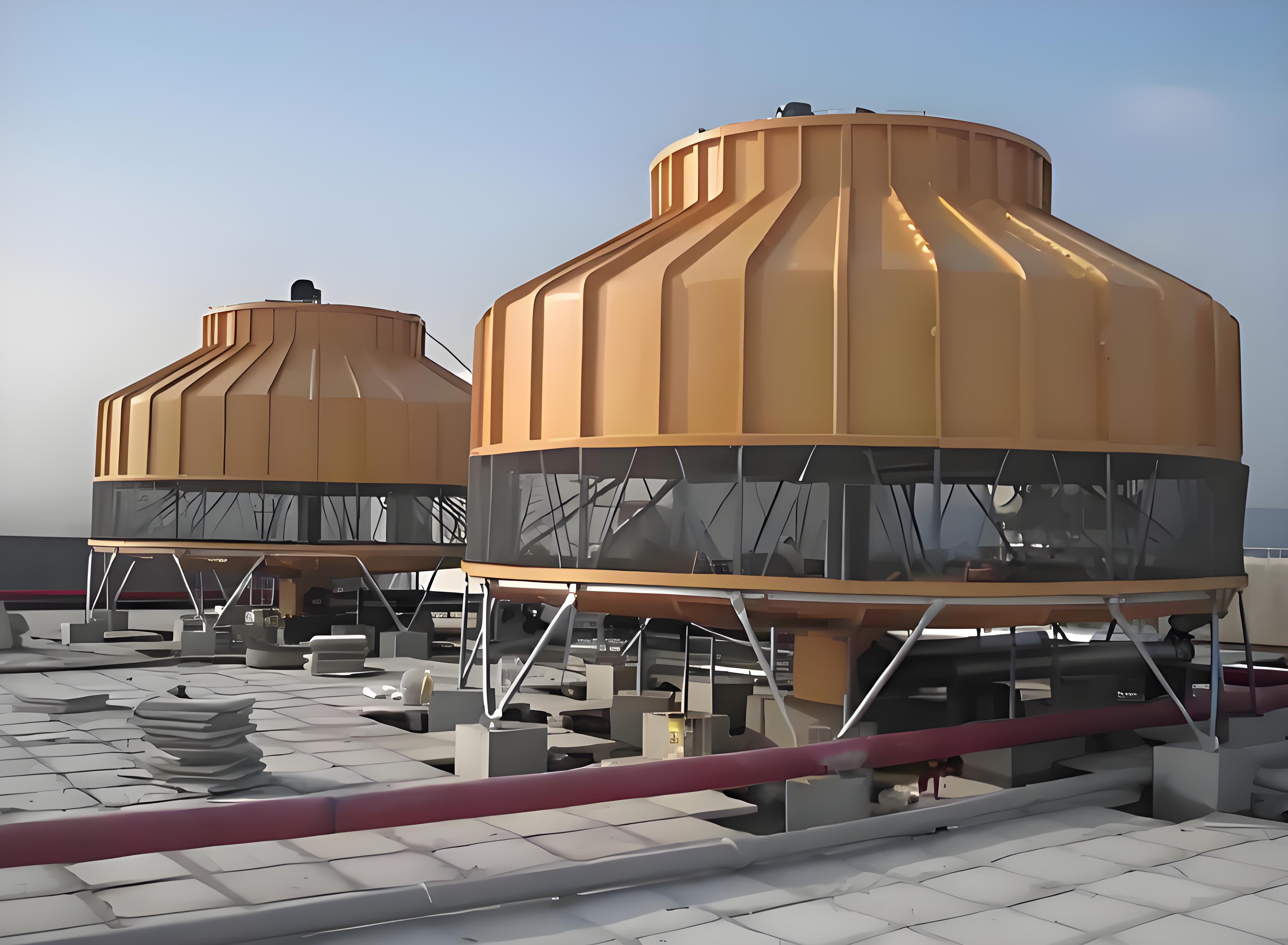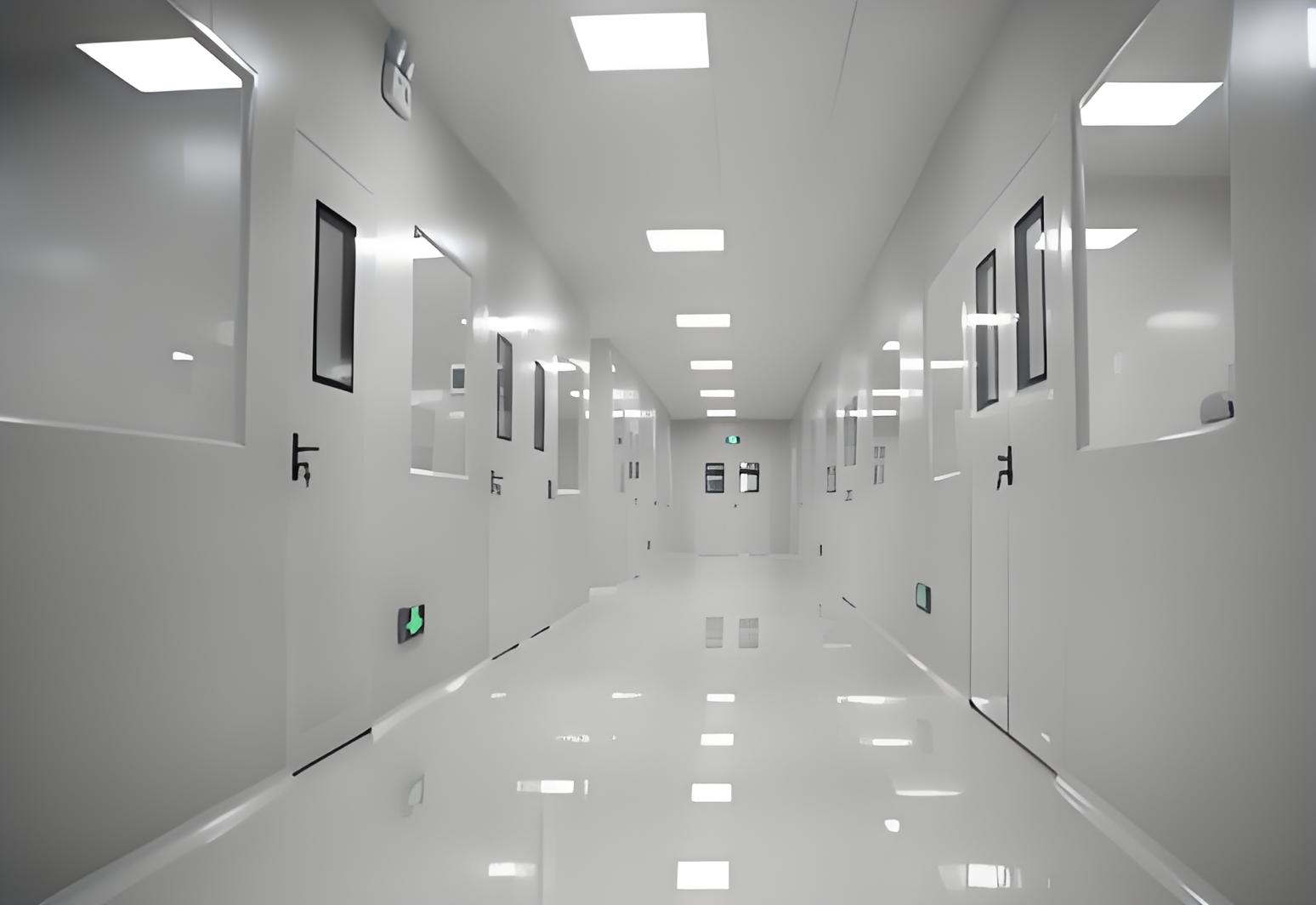
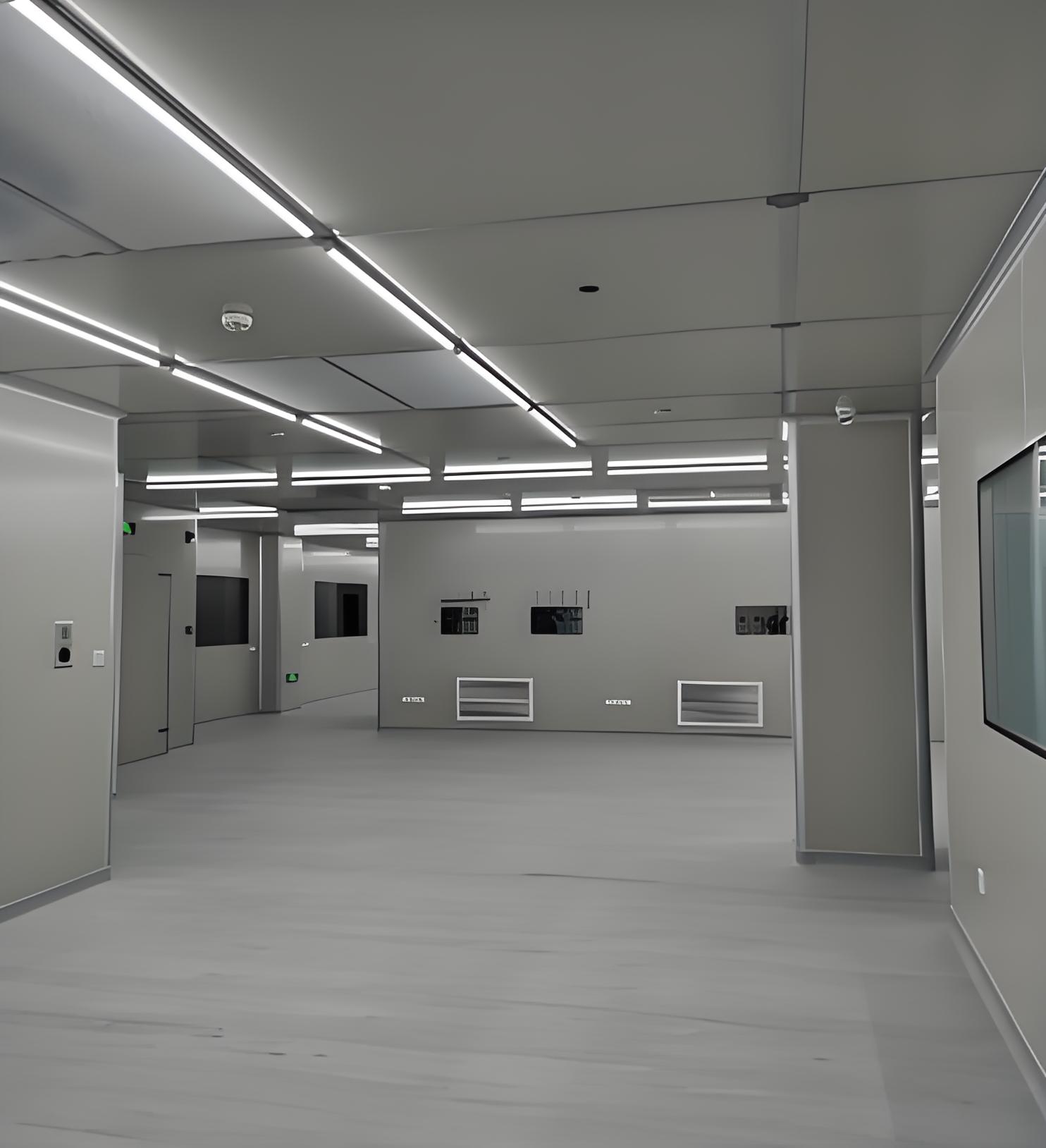
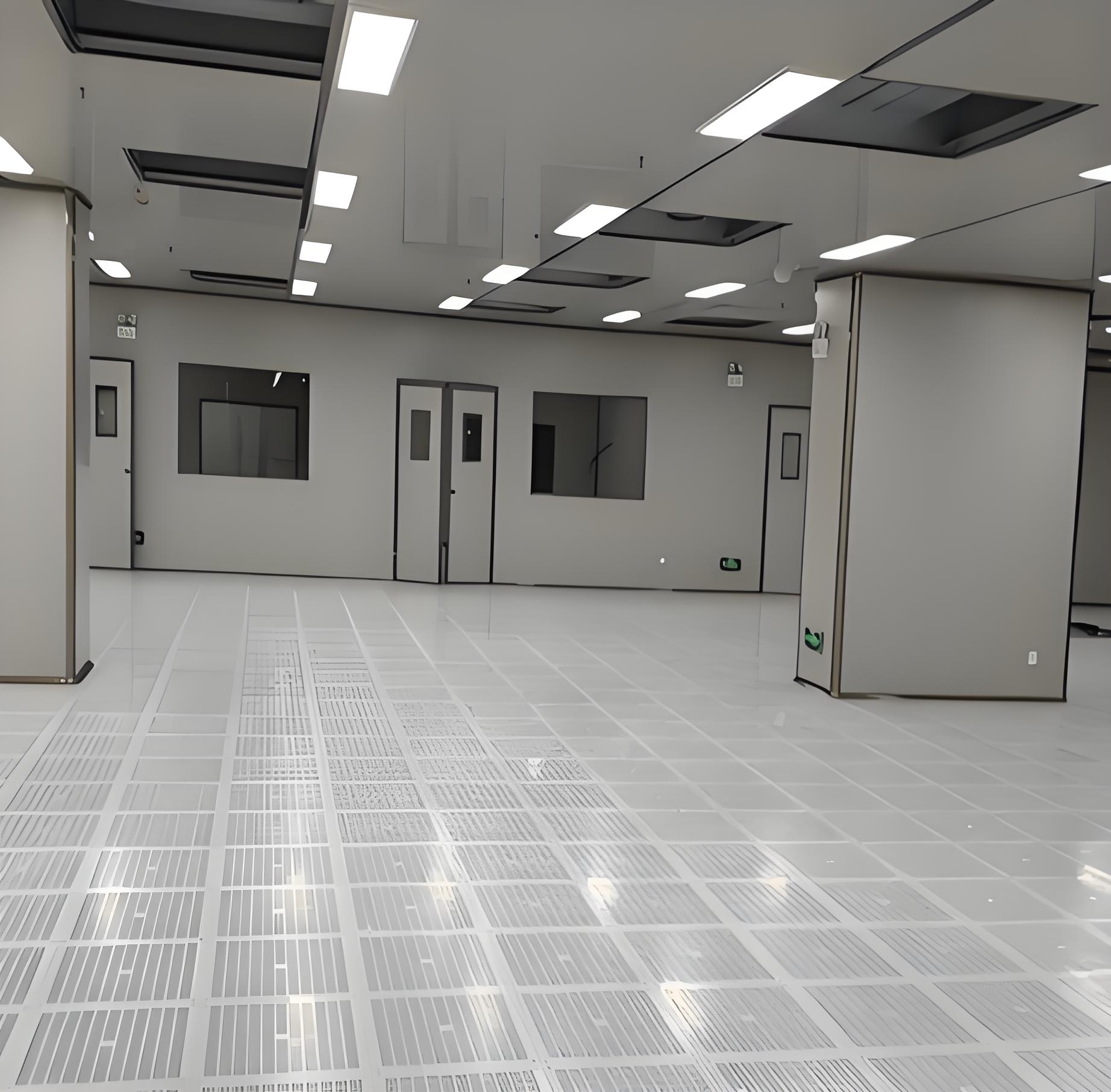


In today's competitive industrial and research sectors, delivering an effective clean room presentation can be the difference between securing a project and losing out to rivals. Whether you're pitching to stakeholders, educating teams, or showcasing capabilities, a well-structured clean room presentation not only highlights your expertise but also ensures compliance with stringent standards. This article will guide you through the core components that make these presentations successful, while integrating key aspects like Clean Room Engineering Introduction, the role of clean room engineering companies, insights on modular cleanroom suppliers, and the fundamentals of clean room HVAC design. By the end, you'll have a clear roadmap to create compelling presentations that resonate with your audience and drive results.
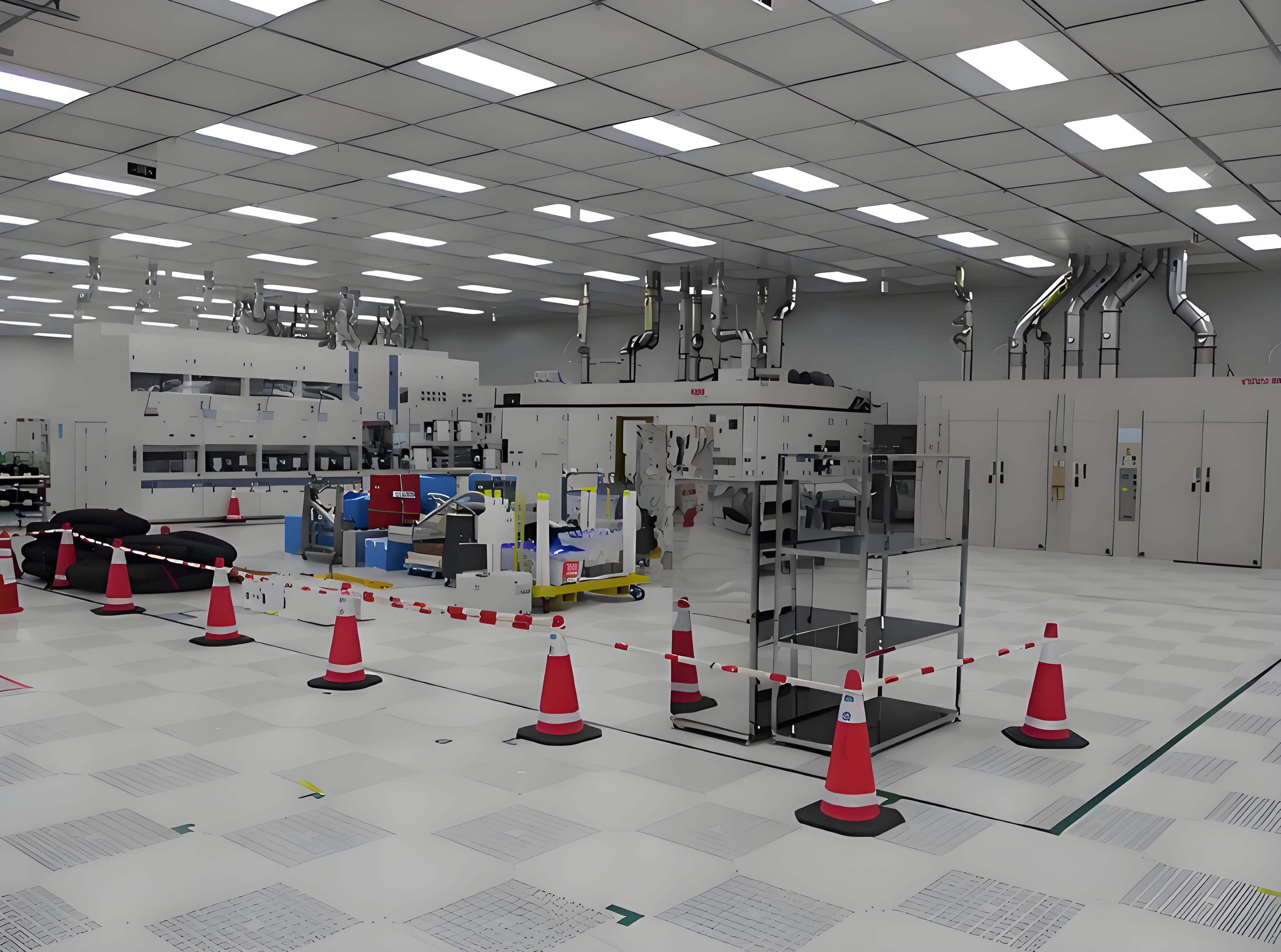
A Clean Room Engineering Introduction serves as the foundation for any discussion on controlled environments. In essence, clean rooms are specialized spaces designed to maintain extremely low levels of pollutants, such as dust, airborne microbes, and chemical vapors. They are critical in industries like pharmaceuticals, biotechnology, semiconductors, and healthcare, where even minor contaminants can compromise product quality or research integrity. A clean room presentation often begins with this introduction to set the context, explaining how clean rooms operate under strict classifications (e.g., ISO 14644-1 standards) and why engineering precision is non-negotiable.
When preparing a clean room presentation, it's vital to cover the basics of Clean Room Engineering Introduction to educate your audience on concepts like air filtration, pressure differentials, and contamination control. This not only builds credibility but also helps in aligning everyone on project goals. For instance, in a clean room presentation for a new facility, you might discuss how engineering principles ensure consistent temperature, humidity, and particle counts. By weaving in real-world examples, such as how a Clean Room Engineering Introduction led to successful FDA approvals in pharma, you make the content relatable and impactful. Moreover, a solid Clean Room Engineering Introduction in your clean room presentation can address common challenges, like cost-benefit analyses, which are often top of mind for decision-makers.
Clean room engineering companies play a pivotal role in turning theoretical concepts into functional realities. These firms specialize in designing, constructing, and validating clean rooms tailored to specific industry needs. In a clean room presentation, highlighting their expertise can demonstrate your project's viability and adherence to regulations. For example, when discussing a collaboration with clean room engineering companies, you might emphasize their ability to integrate advanced technologies, such as HEPA filtration systems and monitoring tools, which are essential for maintaining clean room standards.
A well-crafted clean room presentation should outline how clean room engineering companies contribute to risk management and compliance. They often conduct feasibility studies, provide certification services, and offer ongoing support—key points to include when addressing investor or client concerns. Additionally, in a clean room presentation focused on scalability, you could mention how these companies help in phased implementations, ensuring that clean room environments evolve with business growth. By referencing case studies where clean room engineering companies reduced downtime or enhanced efficiency, your clean room presentation becomes more persuasive. It's also beneficial to discuss partnerships with clean room engineering companies in the context of innovation, such as adopting sustainable practices that align with global trends.
Selecting the right modular cleanroom supplier is a critical decision that can influence the success of your project. Modular cleanrooms offer flexibility, rapid deployment, and cost-effectiveness compared to traditional built-in facilities. In a clean room presentation, dedicating a section to this topic can help audiences understand the procurement process. Start by explaining what a modular cleanroom supplier provides: prefabricated components that can be assembled on-site, allowing for customization in size, classification, and layout. This is especially useful in a clean room presentation aimed at startups or expanding enterprises, where agility is key.
When evaluating a modular cleanroom supplier, factors like experience, certification support, and after-sales service should be highlighted in your clean room presentation. For instance, you might discuss how a reliable modular cleanroom supplier ensures compliance with international standards, such as ISO classifications, and offers validation documentation. In a clean room presentation, use comparisons to illustrate the advantages of modular solutions—like reduced construction time and easier reconfiguration—over permanent structures. Including testimonials or data from projects that partnered with a top-tier modular cleanroom supplier can strengthen your clean room presentation's credibility. Furthermore, address common pitfalls, such as overlooking scalability, to show thorough planning in your clean room presentation.
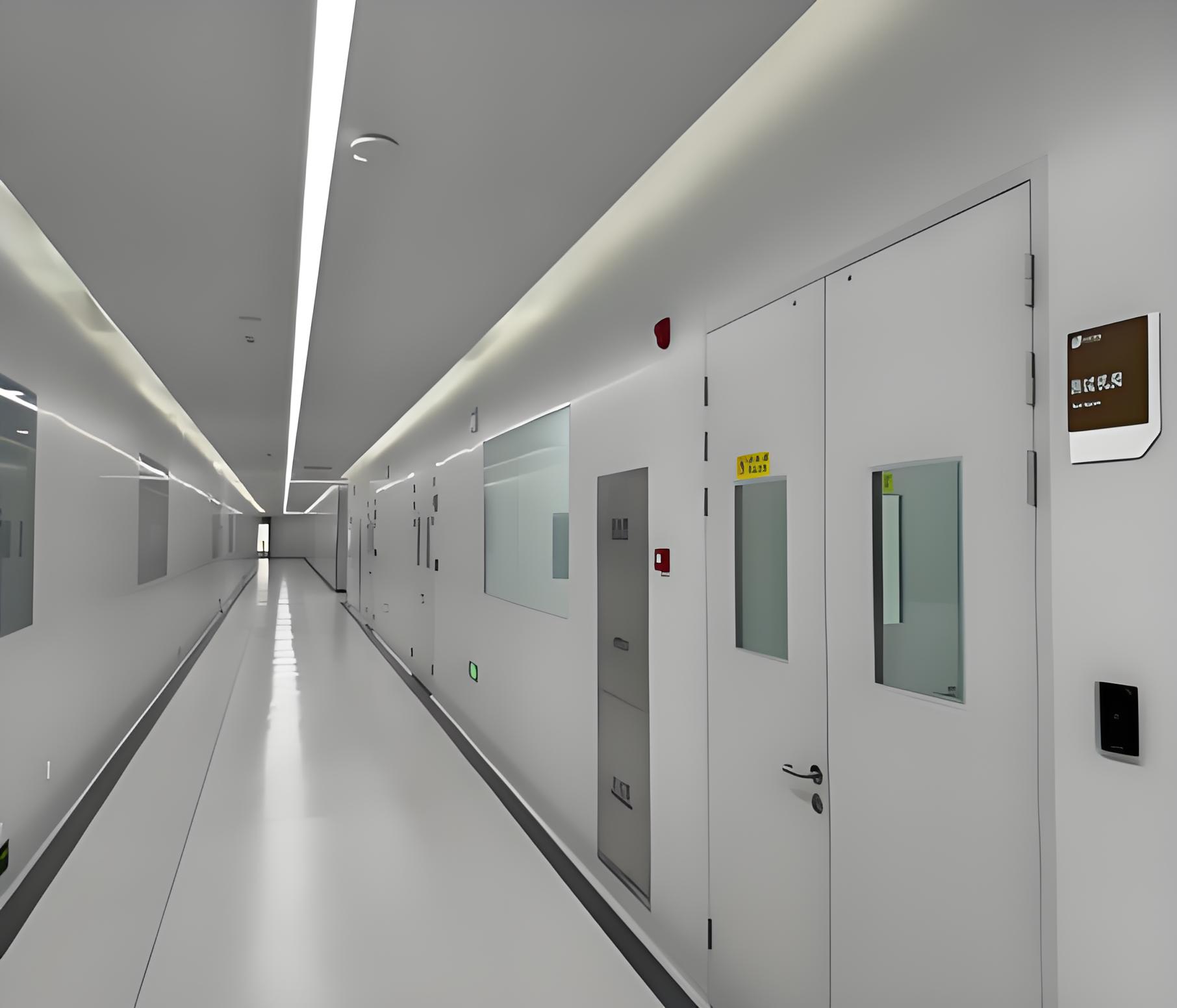
The clean room HVAC design is the backbone of any controlled environment, directly impacting air quality, temperature, and humidity levels. A comprehensive clean room presentation must delve into this aspect to underscore technical competence. Clean room HVAC design involves sophisticated systems that regulate airflow, filtration, and pressure gradients to minimize contamination risks. For example, in a clean room presentation for a medical device manufacturer, you could explain how the clean room HVAC design ensures Class 100 conditions by using laminar airflow and precision controls.
In your clean room presentation, break down the components of clean room HVAC design, such as air handlers, ductwork, and control systems, to make it accessible to non-experts. Emphasize how a robust clean room HVAC design contributes to energy efficiency and operational cost savings—a point that resonates in budget-focused discussions. You might also link this to the earlier topics by noting how clean room engineering companies often collaborate with HVAC specialists to optimize the clean room HVAC design. Including visuals or diagrams in your clean room presentation can help illustrate complex concepts, like how clean room HVAC design manages particle count through multi-stage filtration. By addressing regulatory requirements, such as those from OSHA or EPA, your clean room presentation demonstrates due diligence and enhances trust.
Now that we've covered the core areas, it's time to synthesize them into a cohesive clean room presentation. Start by structuring your content around the audience's needs: for technical teams, focus on details like Clean Room Engineering Introduction and clean room HVAC design, whereas for executives, emphasize the roles of clean room engineering companies and modular cleanroom suppliers in achieving business objectives. A successful clean room presentation flows logically, perhaps beginning with an overview of clean room standards, then moving to design considerations, and finally addressing implementation partners.
Use storytelling in your clean room presentation to make it engaging—for instance, share a success story where a well-executed clean room presentation led to a partnership with leading clean room engineering companies. Incorporate data and statistics to back up claims, such as how a proper clean room HVAC design can reduce contamination incidents by over 90%. Additionally, practice delivery tips in your clean room presentation, like using clear visuals and avoiding jargon, to ensure clarity. Remember, a clean room presentation isn't just about information; it's about persuasion. By tying everything back to the main keyword, clean room presentation, you maintain focus and reinforce key messages throughout.
Even with thorough preparation, clean room presentations can face hurdles like technical misunderstandings or budget constraints. Address these in your clean room presentation by anticipating questions and providing solutions. For example, if concerns arise about costs, reference how partnering with experienced clean room engineering companies or a modular cleanroom supplier can offer cost-effective options. Similarly, if the clean room HVAC design seems complex, use analogies to simplify it—like comparing airflow to a river that carries away contaminants.
In your clean room presentation, highlight case studies where challenges were overcome through collaboration. This not only builds confidence but also shows practical application of the concepts discussed. By the end of this section, your audience should feel equipped to tackle real-world issues, making your clean room presentation a valuable resource.
Crafting an impactful clean room presentation requires a blend of technical knowledge and communication skills. By integrating elements like Clean Room Engineering Introduction, the expertise of clean room engineering companies, the flexibility of a modular cleanroom supplier, and the precision of clean room HVAC design, you can create a compelling narrative that drives engagement and decision-making. Remember, a great clean room presentation educates, persuades, and inspires action—so use these insights to elevate your next pitch or report. If you need further guidance, refer to the FAQ section below for quick answers to common queries.
Q1: What is the main goal of a clean room presentation?
A1: The primary goal of a clean room presentation is to effectively communicate the design, functionality, and benefits of a clean room environment to stakeholders, such as clients, investors, or regulatory bodies. It often includes elements like a Clean Room Engineering Introduction to educate the audience, highlights the role of clean room engineering companies for credibility, and may discuss partners like a modular cleanroom supplier or details of clean room HVAC design to showcase comprehensive planning. A well-executed clean room presentation aims to secure approvals, funding, or collaborations by demonstrating adherence to standards and addressing potential concerns.
Q2: How do clean room engineering companies enhance a project?
A2: Clean room engineering companies bring specialized expertise in designing, constructing, and validating clean rooms to meet specific industry standards, such as ISO classifications. They enhance a project by ensuring compliance, optimizing layouts for efficiency, and providing ongoing support for maintenance. In a clean room presentation, mentioning their involvement can build trust, as they often handle critical aspects like integrating clean room HVAC design and selecting reliable components. Their experience reduces risks and can lead to cost savings over the project lifecycle.
Q3: What should I consider when selecting a modular cleanroom supplier?
A3: When choosing a modular cleanroom supplier, key considerations include their track record with similar projects, certification capabilities (e.g., ISO standards), customization options, and post-installation support. In a clean room presentation, it's important to highlight how a supplier's flexibility can accommodate future expansions or modifications. Additionally, assess their expertise in coordinating with other elements, such as clean room HVAC design, to ensure seamless integration. Reading client reviews and requesting case studies can help verify their reliability.
Q4: Why is clean room HVAC design so critical in these environments?
A4: Clean room HVAC design is crucial because it directly controls air quality, temperature, humidity, and pressure differentials, which are essential for minimizing contamination in sensitive operations. A faulty design can lead to particle buildup, regulatory non-compliance, or product failures. In a clean room presentation, emphasizing a robust clean room HVAC design demonstrates attention to detail and operational safety. It often involves advanced filtration systems and energy-efficient solutions, which can be a selling point for cost-conscious audiences.
Q5: Can you provide tips for making a clean room presentation more engaging?
A5: To make a clean room presentation more engaging, start with a relatable story or statistic that underscores the importance of clean rooms. Use visuals like diagrams or videos to explain complex topics, such as Clean Room Engineering Introduction or clean room HVAC design. Incorporate interactive elements, such as Q&A sessions, and tailor the content to your audience—for example, focus on business benefits when speaking to executives. Additionally, reference real-world examples involving clean room engineering companies or a modular cleanroom supplier to add credibility and keep the presentation dynamic and persuasive.
